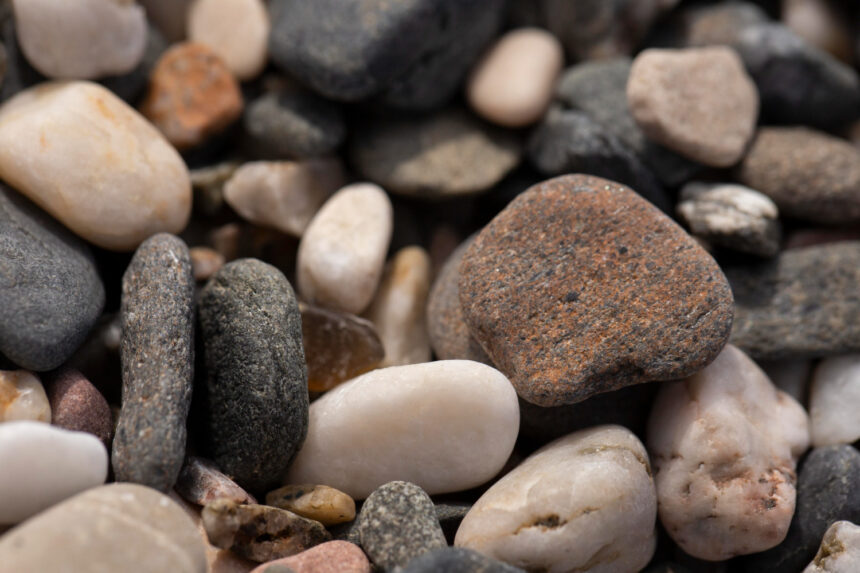Introduction:
Imagine a lump of clay, soft and pliable. Picture it baked in a fiery kiln, emerging as hard, durable pottery. That’s a simplified analogy for metamorphic rocks. These remarkable rocks begin as something else entirely – sedimentary, igneous, or even other metamorphic rocks. But deep within the Earth, a crucible of intense heat and crushing pressure transforms them. Minerals rearrange, textures shift and entirely new materials can form, all without melting the rock.
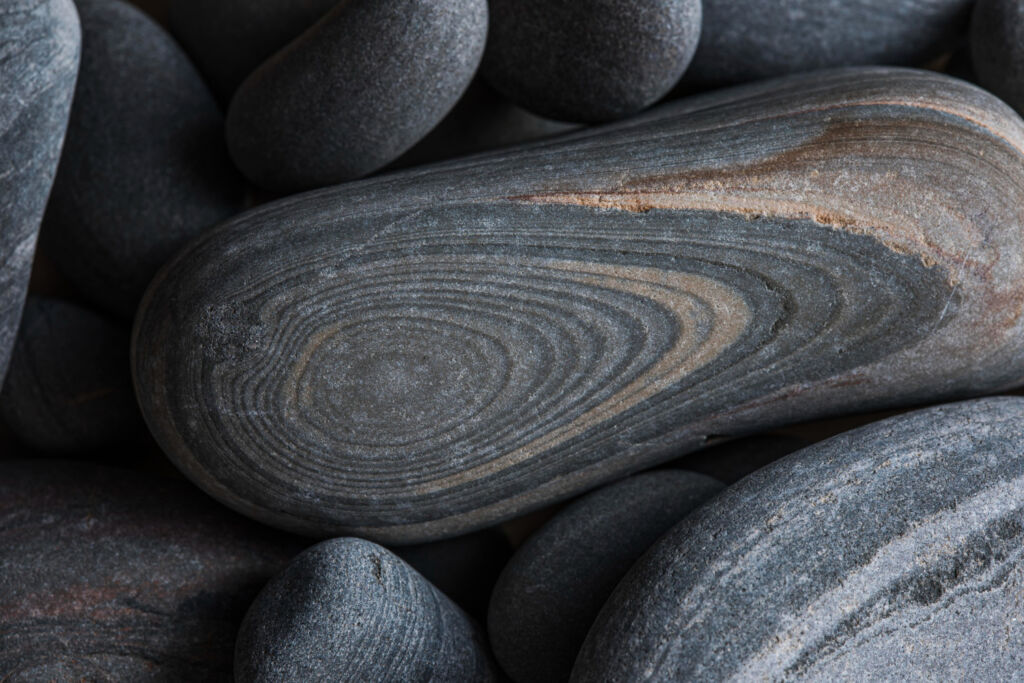
Metamorphic rocks are records of our planet’s restless nature. They whisper tales of buried mountains, fiery magma intrusions, and the immense forces that shape the world beneath our feet. Uncover these tales with us as we explore fascinating facts about metamorphic rocks. From their formation to the secrets they hold, prepare to see the world around you in a whole new light.
What are Metamorphic Rocks?
These rocks begin their journey as another rock type entirely – igneous, sedimentary, or even existing metamorphic rock! Through immense forces deep within the Earth, they undergo a transformation known as metamorphism. This process changes the rock’s mineral composition, texture, or both without completely melting it.
The original rock, or ‘protolith,’ leaves clues about its past within the new metamorphic rock.
How Metamorphic Rocks Form: The Agents of Change
The three main drivers of metamorphism are:
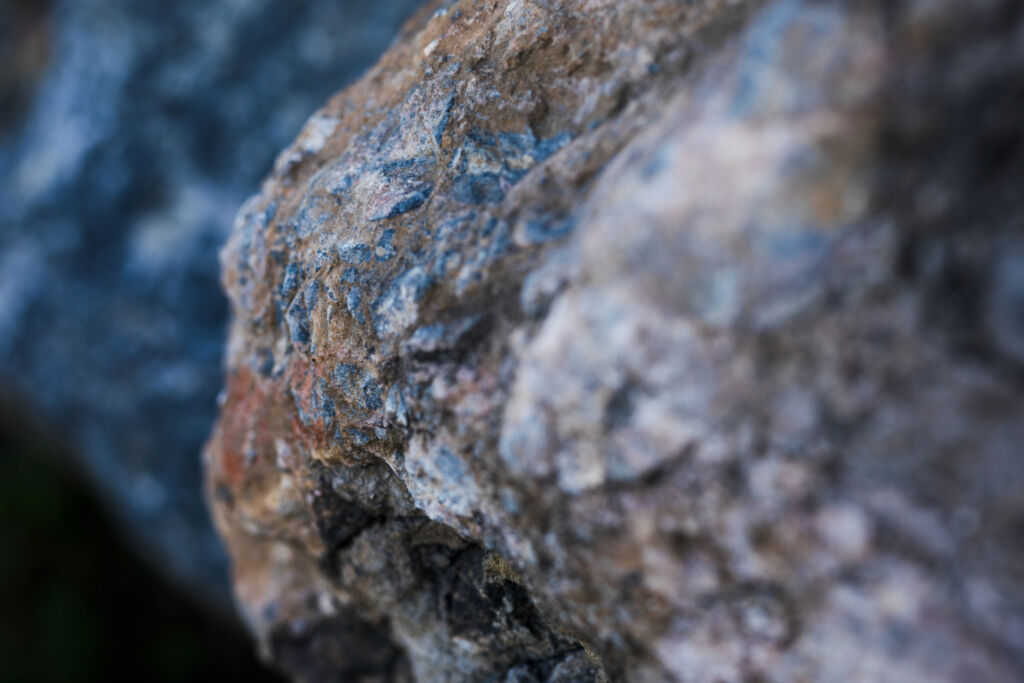
Temperature
- Deep below the Earth’s surface, temperatures can soar high enough to rearrange the very structure of minerals within rocks without melting them completely.
- This heat can come from magma intrusions or the Earth’s internal geothermal gradient.
Pressure
- Pressure from overlying rock layers or massive tectonic forces squeeze and deform rocks.
- This can cause minerals to align, forming distinctive textures or reorganize into entirely new minerals.
Chemically Active Fluids
- Hot, mineral-rich fluids circulating through rocks can introduce new elements, triggering chemical reactions that change the rock’s composition.
- These fluids often act as a catalyst for change during heat and pressure metamorphism.
Metamorphism often involves a combination of these forces, not just one individual. The specific conditions determine the unique character of the resulting metamorphic rock.
Fossils are rarely found in this type of rocks. The heat and pressure usually destroy any evidence of past life.
Types of Metamorphic Rocks
These rocks come in a dazzling array of forms, each a testament to the powerful forces that shape them. One fundamental way to classify them is by their texture: foliated or non-foliated.
1. Foliated Metamorphic Rocks
Foliation refers to a layered or banded appearance. It forms when pressure squeezes the rock, causing minerals to align into parallel sheets.
Let’s explore common foliated metamorphic rocks arranged in order of increasing degree of metamorphism:
1.1 Slate
- Protolith: Shale (sedimentary)
- Fine-grained, split into smooth sheets
- Uses: Roofing tiles, blackboards
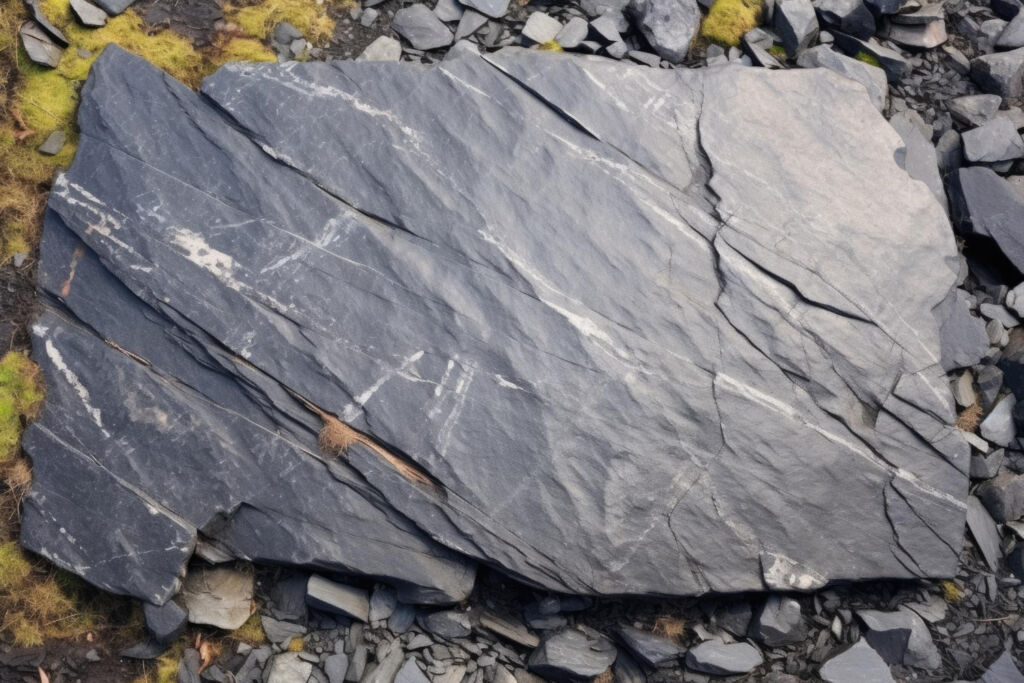
1.2 Phyllite
- Protolith: Slate or shale
- Slight sheen, wavy texture
- Uses: Decorative stone
1.3 Schist
- Protolith: Phyllite or igneous rocks
- Medium to coarse-grained, often sparkly due to mica minerals
- Uses: Building stone, landscaping.
1.4 Gneiss
- Protolith: Various, including granite (igneous)
- Alternating light and dark bands of minerals
- Uses: Strong building material
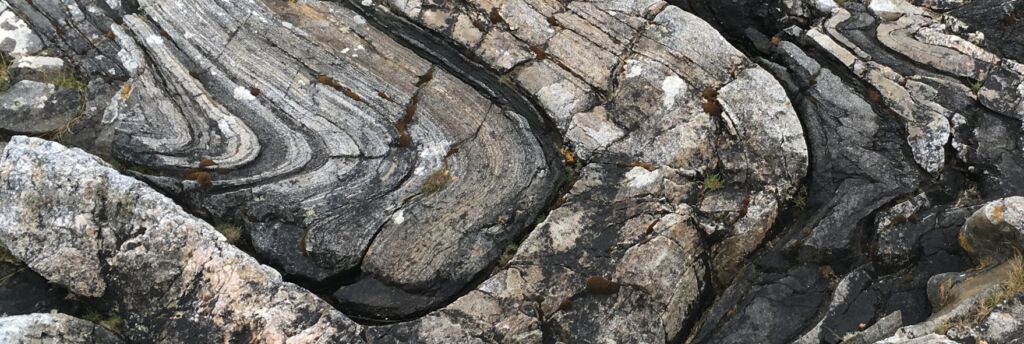
2. Non-Foliated Metamorphic Rocks
These rocks lack distinct layering or banding. They form under equal pressure in all directions and may involve chemical changes.
Here are two important examples:
2.1 Marble
- Protolith: Limestone (sedimentary)
- Composed mainly of calcite, it can be of various colors
- Uses: Sculpture, countertops
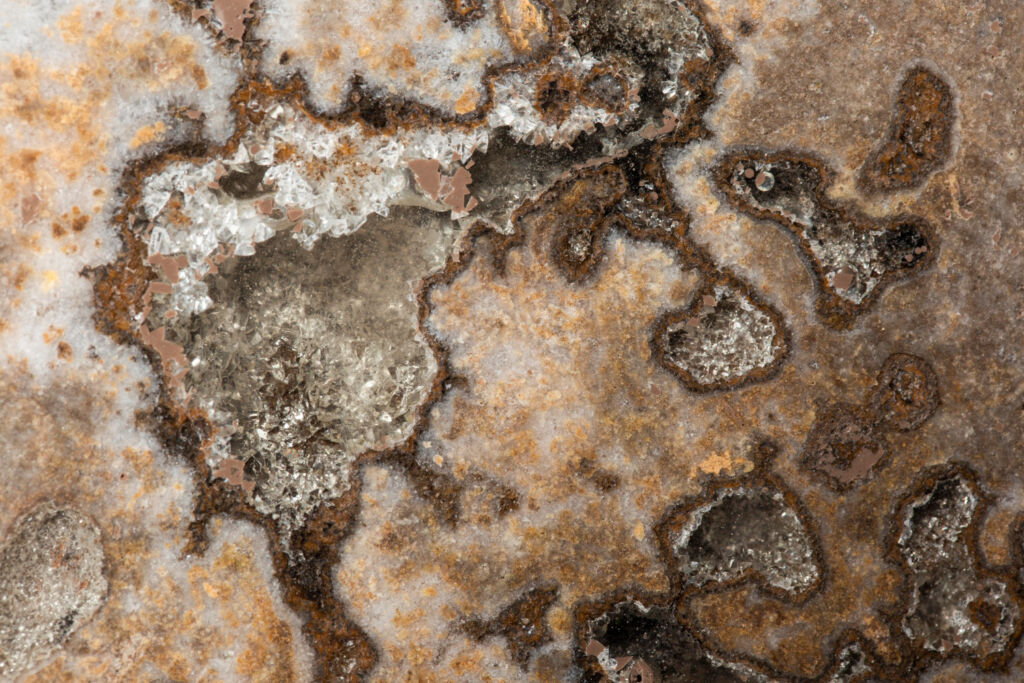
2.2 Quartzite
- Protolith: Quartz-rich sandstone (sedimentary)
- Very hard and durable, often glassy appearance
- Uses: Construction aggregate, decorative stone
Facts About Metamorphic Rocks
Reveal Earth's History
- Time capsules: These rocks offer clues about the extreme conditions they experienced. Mineral types and textures help geologists decipher past tectonic events, volcanic activity, and the rise and fall of ancient mountains.
- Mapping the past: Studying the distribution of metamorphic rocks in an area helps scientists reconstruct how the landscape has changed over vast spans of time.
Minerals as Clues: Metamorphic Grades
- Intensity markers: Certain minerals only form under specific temperature and pressure ranges. Their presence in a metamorphic rock tells geologists about the intensity of the forces it endured.
- Progressive change: Metamorphic rocks can be classified into grades (low, intermediate, high), indicating the increasing intensity of metamorphism they’ve undergone.
Economic Importance of Metamorphic Rocks
- Building blocks: Marble is a prized building and sculpting material with its beauty and durability. Slate is used for roofing and flooring because it can split into thin sheets.
- Industrial uses: Talc, formed by the metamorphism of certain rocks, has diverse uses in cosmetics, papermaking, and plastics.
- Gemstones: Some of our most valued gemstones, including rubies and garnets, are formed through metamorphic processes.
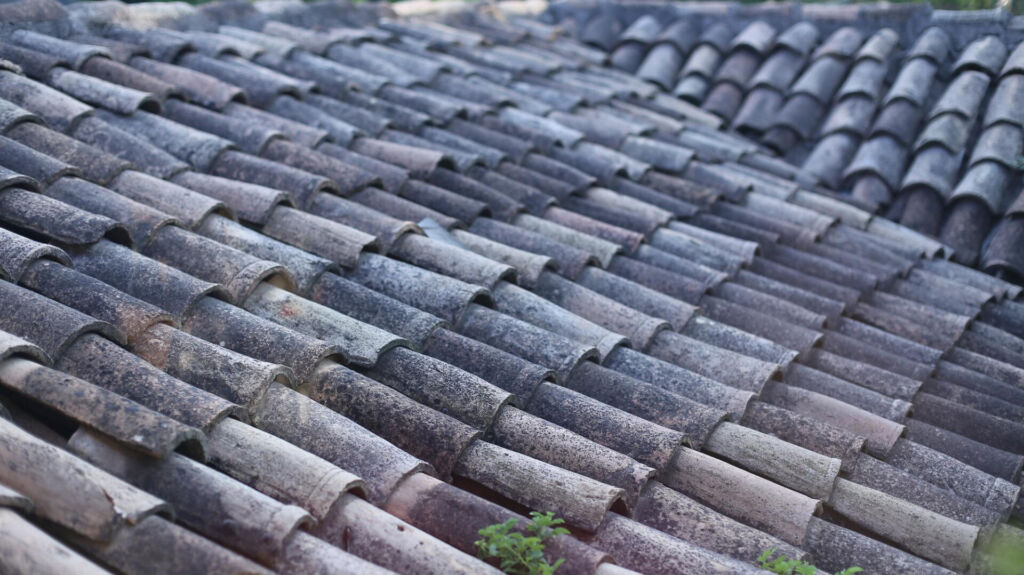
Famous Metamorphic Rock Formations
- The mighty Himalayas: The collision of tectonic plates that formed these mountains also subjected rocks to intense metamorphism, creating schists and gneisses throughout the range.
- The heart of Manhattan: Shimmering Manhattan schist, a metamorphic rock, lies beneath the bustling streets of New York City.
- Vermont’s marble belt: This region is famous for its marble quarries, created by the metamorphism of ancient limestone deposits.
- The Canadian Shield: A vast expanse of ancient metamorphic rocks over 4 billion years old.
- The Alps: The dramatic mountain range boasts numerous metamorphic formations telling the story of tectonic collisions.
- The Great Smoky Mountains: Foliated metamorphic rocks contribute to the park’s distinctive hazy blue appearance.
Facts about metamorphic rocks highlight the dynamic link between geology and our everyday lives. These transformed rocks are far more than static objects– they hold stories of Earth’s evolution and provide us with valuable resources. Understanding metamorphic rocks offers a deeper appreciation for the extraordinary forces that shape our planet.
Metamorphism in Action
Metamorphism isn’t just a theoretical process – it shapes landscapes and tells stories about our planet’s dynamic past. Here’s how it happens on different scales:
Regional Metamorphism: Large-Scale Transformation
- Mountain Building: Where tectonic plates collide, enormous forces bury and squeeze rocks over vast regions. This heat and pressure trigger widespread metamorphism.
- Signatures of Change: Regional metamorphism often creates foliated rocks like schist and gneiss, marked by aligned mineral grains.
The intensity of regional metamorphism varies, creating zones with different ‘metamorphic grades.’ Geologists map these zones to trace the strength of tectonic forces.
Contact Metamorphism: Localized Change
- Magma’s fiery touch: When molten magma rises and intrudes into the surrounding rock, its intense heat bakes the contact zone.
- Thermal aureoles: The affected area, called a contact metamorphic aureole, forms a ring around the intrusion. The rocks closest to the magma experience the most profound change.
Contact metamorphism typically doesn’t produce foliated rocks, as pressure isn’t directed. Instead, existing minerals often recrystallize, creating a coarser texture.
Metamorphism Around the World
- Metamorphic rocks are everywhere. No corner of the globe is untouched by metamorphism. Metamorphic processes are constantly at work, from the ancient mountain cores of continents to the ocean floor. Famous examples:
- The metamorphic rocks of the Scottish Highlands record a history of ancient tectonic collisions.
- The marble used in iconic sculptures like Michelangelo’s David was formed by contact metamorphism in Italy.
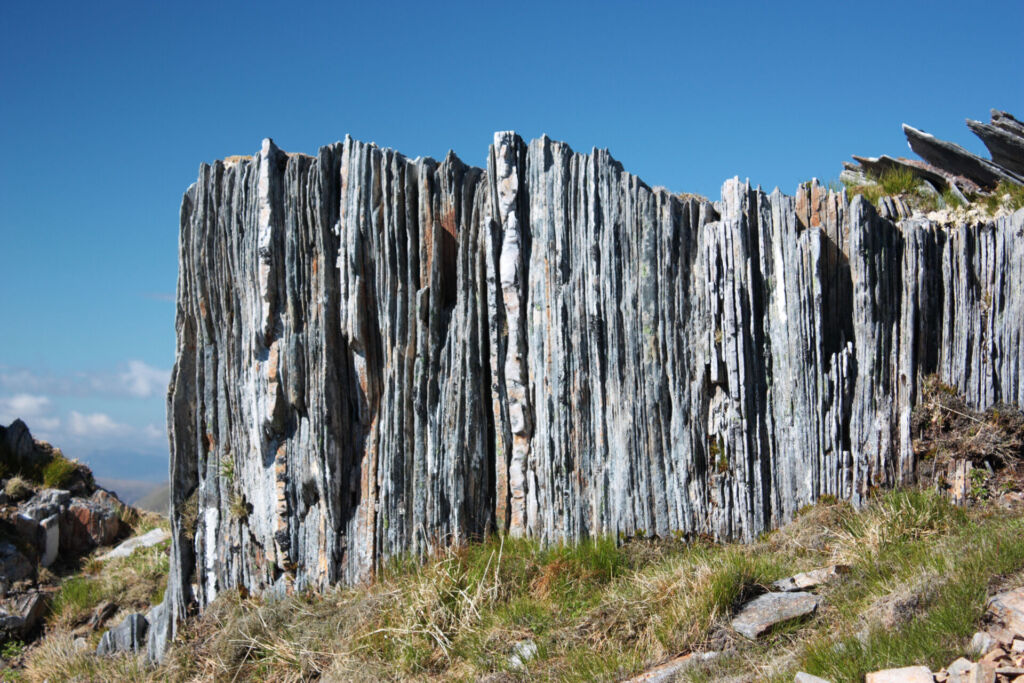
- Constant Change: Metamorphism is linked to the rock cycle. Metamorphic rocks can weather away, becoming sediments for future sedimentary rocks, or could be pushed deeper, re-metamorphosed, or even fully melted.
- Metamorphic rocks provide crucial insights into how continents form, mountain ranges rise, and the Earth’s deep interior works.
- Studying metamorphic rocks in different regions helps geologists understand the Earth’s complex and ever-evolving history.
Metamorphic rocks are a testament to the Earth’s dynamic nature. Their transformations showcase the incredible interplay of heat, pressure, and chemistry that sculpt our planet over immense timescales.
Fun Facts About Metamorphic Rocks
Metamorphic rocks seem serious and intimidating, but these products of pressure and heat hide some seriously cool secrets. Let’s dive in!
- Shape Shifters: “Metamorphic” literally means “changed form.” These rocks started as something else – think sandstone transforming into quartzite or limestone turning to marble!
- Mineral Mix-Up: Intense heat and pressure can cause a complete rearrangement of the minerals within a rock. Old minerals might disappear, or new ones might form!
- Rock Superpowers: Some metamorphic rocks develop amazing properties. Marble, for instance, is often highly resistant to weathering and takes a beautiful polish, making it ideal for sculptures and buildings.
- Hidden Clues: Metamorphic rocks act like time capsules. Geologists study their minerals and textures to decipher past environments, like ancient mountain ranges or fiery volcanic zones.
- It’s All About the Texture: Foliation, where minerals align in bands or layers, is a common metamorphic feature. If it looks stripy or sparkly, it’s likely metamorphic!
Bonus Fact About Metamorphic Rocks: You encounter metamorphic rocks every day! Marble countertops, slate roofs, and even the humble graphite in your pencil are products of metamorphism.
Conclusion
Metamorphic rocks are far more than simple curiosities. They represent a powerful testament to our planet’s dynamic nature and the extraordinary dance of creation and transformation below the surface.
Facts about metamorphic rocks remind us that change is a fundamental constant of the universe. Metamorphism reflects this on a geologic scale. The next time you encounter a metamorphic rock, remember the journey it’s endured–a testament to the transformative power hidden within our dynamic Earth.

